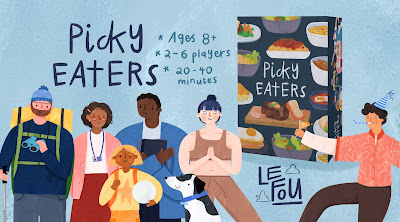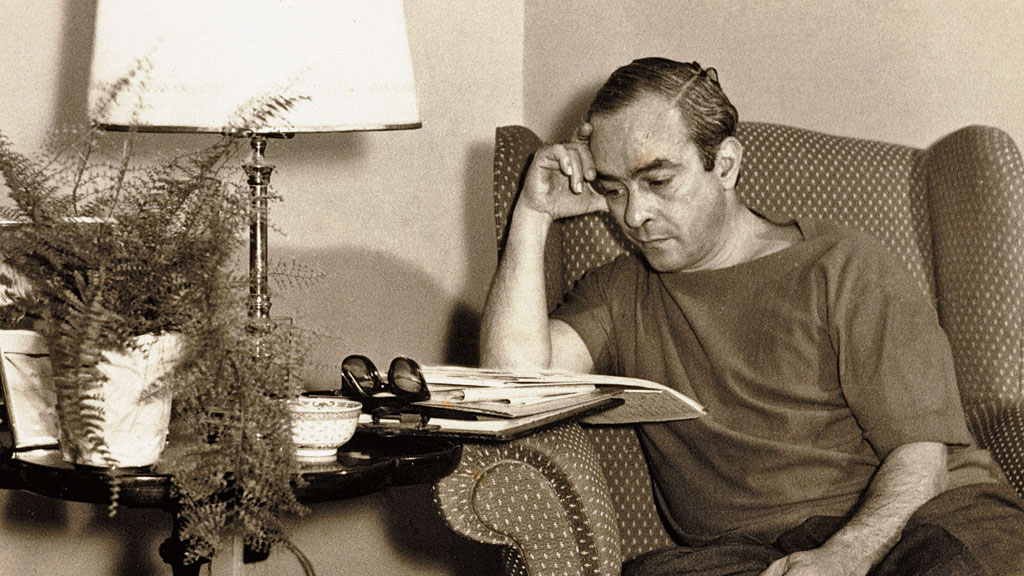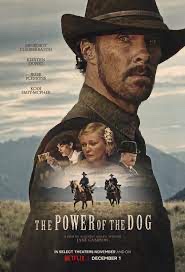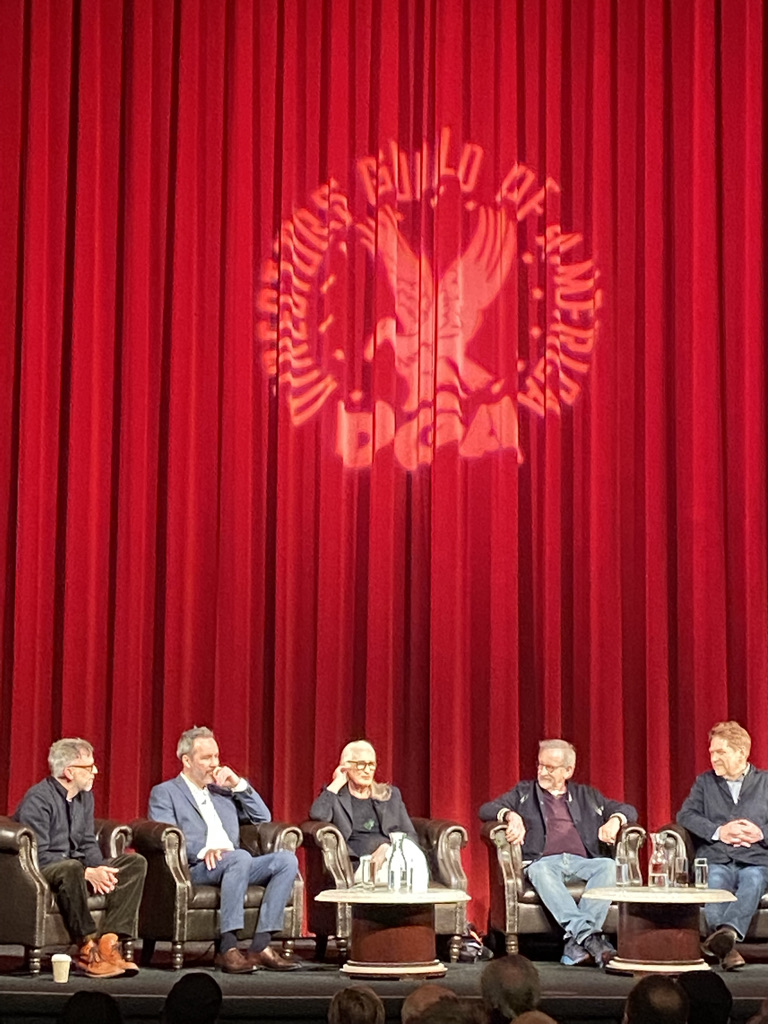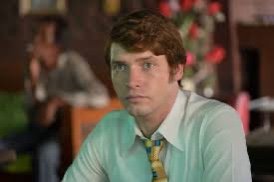Picky Eaters is a game created by my son, Avi Setton, and his wife, Tanya Basu. They have created and developed a wonderful card game called Picky Eaters. I'm so proud of them! I've played the game several times now, and I love it! Here's Tanya to tell you all about it. Enjoy!
In December 2022, during that weird gap of time between Christmas and the New Year, we dreamed up our card game, Picky Eaters.
Avi, my husband and co-designer, and I were sitting at our kitchen island, drinking coffee, and sharing what we had dreamed of the night before. Usually, our dreams were bizarre nonsensical adventures, but Avi had a semi-lucid dream where he had created a game and was excited about it. This wasn’t strange for him — Avi and I had become regular boardgamers over the pandemic, and his mind was the type of logical, mechanical space that slipped into game mode at rest, not unlike the dream game sequences that occur in Netflix’s The Queen’s Gambit. In the dream, Avi was tasked with creating mixtapes specific to a person’s musical tastes. The mixtapes could be shuffled and re-combined, but each person’s requirements added nuance to the process. When Avi woke up, he thought the mixtape idea would be a great foundation for a game.
I thought so, too. Maybe I was starting to be hungry for breakfast, or maybe my own brain — which spends its free time swirling around cooking, recipes, and food — was also in a dream state. “What about the mixtape, but with food?” I asked. “Like you have to make them what they want?”
Over the next few hours, we sketched out what would become Picky Eaters. We knew it would be a straightforward game, but we also wanted it to be strategic, a game that would unite parents and kids, serious gamers and more casual ones. We knew we wanted a game that reflected the currents of food today. We wanted something memorable and fast with a bit of a competitive edge, where there was no way players could know who was “winning” or “losing” until scorepads were drawn up.
The game revolves around having 5 picky guests over, and making them a meal that respects their dietary restrictions. That means including meals that go beyond what we might consider Western meals and including recipes that combine ingredients in non-Western ways.
This was really important to Avi and me. We both grew up the children of immigrants, and food was a central part of our childhoods. As the child of Indian immigrants, dinner every night was Indian (save for Saturdays, when breakfast was diner-style breakfast by my dad and lunch and dinner was fast food, which I deeply appreciate to this day). But I was always confused by what people associated with Indian food, because it was not the Indian food I grew up with. The Indian food in restaurants were tomato-y, creamy chicken curries, naan, mixed vegetable thalis, paneer. Those are all delicious foods, but my Bengali parents were cooking up a menu that most Indian restaurant menus simply don't address: mustardy fish dishes, goat curries, and steamed vegetables topped with mustard oil (in case it's not clear, Bengalis have a thing for mustard).
Avi grew up the child of Israeli and Moroccan immigrants, and I've heard many stories about how his family ate at holiday dinners. His grandma self-published a cookbook that we cherish filled with traditional Sephardic, Moroccan recipes, many of which graced elaborate Shabbat dinners. There are tagines, couscous, and vegetables prepared in time-honored ways, layered with spices. Like me, Avi found descriptions of what was considered "Jewish" food very different from his lived experience.
For both of us, growing up in the 90s in majority white suburbs, we understood early on that food played an integral role in identity. We both loved the suburban foods of our childhood and to this day resort to macaroni and cheese and chicken nuggets when we need a little comfort. But there are some meals that hit the nostalgia sector of our brains in a way no other food can. A cozy bowl of hot, brothy couscous with squash, peppers, and tomatoes nourishes Avi when he feels like he needs a pick-me-up of nutrition and warmth on a cold day. For me, there is nothing like a plate of turmeric-y dal ladled on a bed of rice when my stomach isn't happy.
Creating art that was both reflective of our experience and introduced others to a new perspective they might not have had was a driving force for us. Like other sectors, the board game community has grappled with diversity and inclusion over the past several years.
We knew our experiences weren’t the only ones, and we also knew that our experiences offered us a unique perspective into game design. As Wingspan designer Elizabeth Hargrave has pointed out repeatedly, male designers continue to dominate board game awards, despite the fact that women are a strong force in the community.
Furthermore, board games have often only focused on the experiences of mostly white cis-men, with common themes being war, trains, and conquests. Sure, many of those games are fun, but they can get tiring and isolating. There has been a growing surge of interest and desire to create games that tell stories from other perspectives with themes that deviate from the norm, such as Black, queer, and other perspectives.
We’re hoping Picky Eaters — and future games to come from Le Fou — can offer something new and fun in these veins for beginning board game players, sparking conversation and a sense of inclusion.
In a few short weeks, on July 11, we will launch Picky Eaters on Kickstarter. It’s been both a whirlwind (we only designed this game seven months ago in our kitchen!) and a slog (the month of May as we anxiously waited for our prototypes to ship was one of the longest in recorded history, I am sure). We have no idea how Picky Eaters will be received by the public, but we plan to offer expansions that dive deeper into the Picky Eater universe (Avi has already designed a full expansion and we’d love to have versions that address regional cuisine and desserts). One thing is for sure: We’re excited to introduce the world to Picky Eaters!
If you’d like to learn more, visit our website, Instagram, and Twitter. Check out the teaser to Picky Eaters here. And sign up to get notified when we launch on Kickstarter here.
Thank you for your support!
